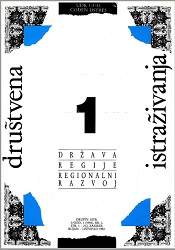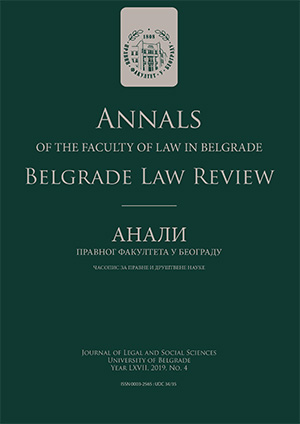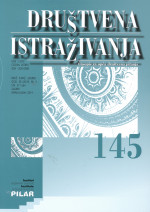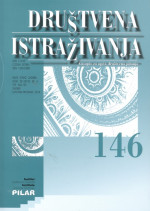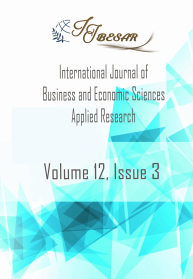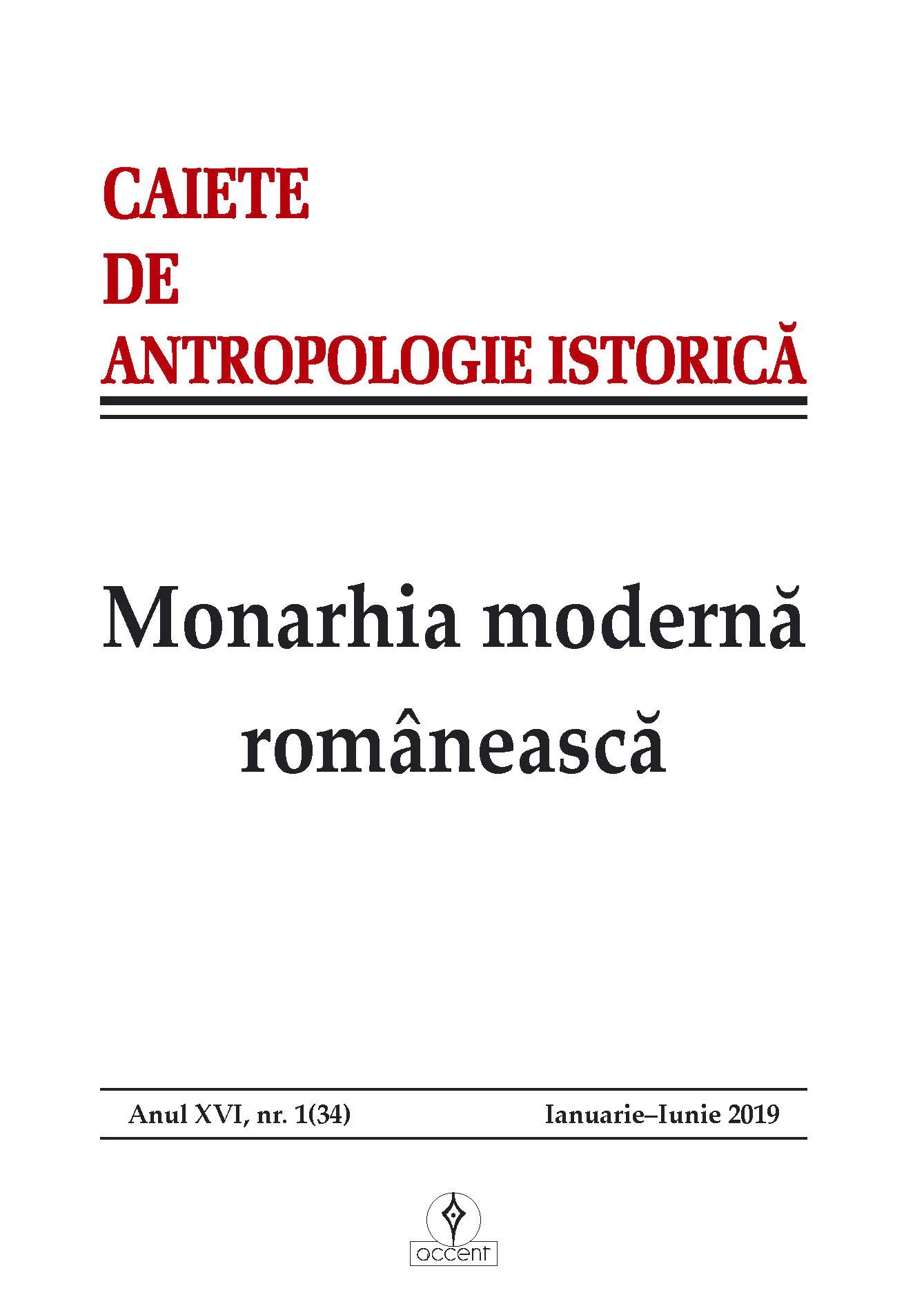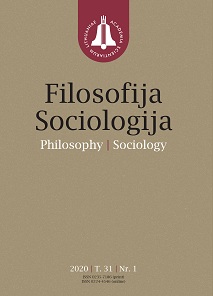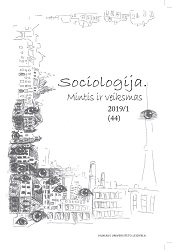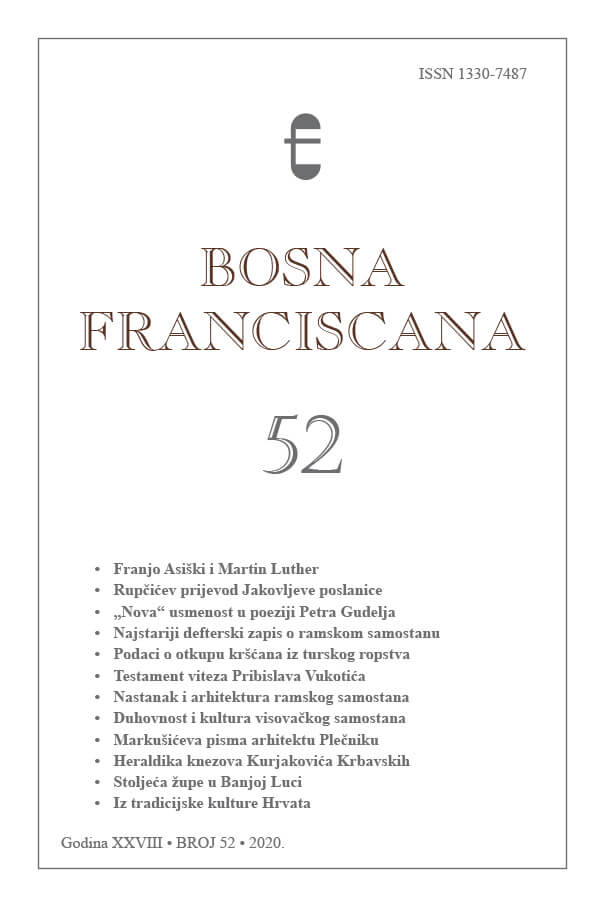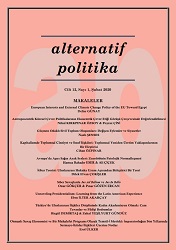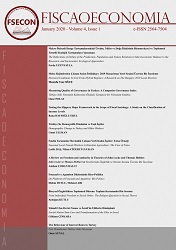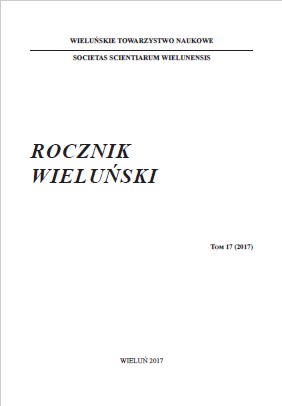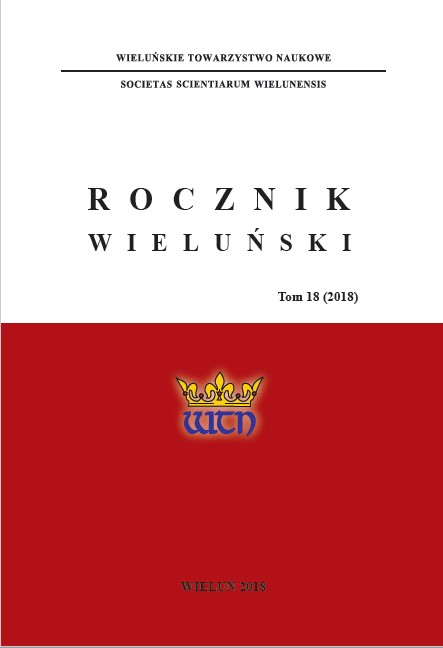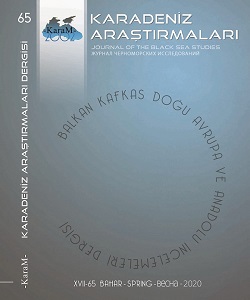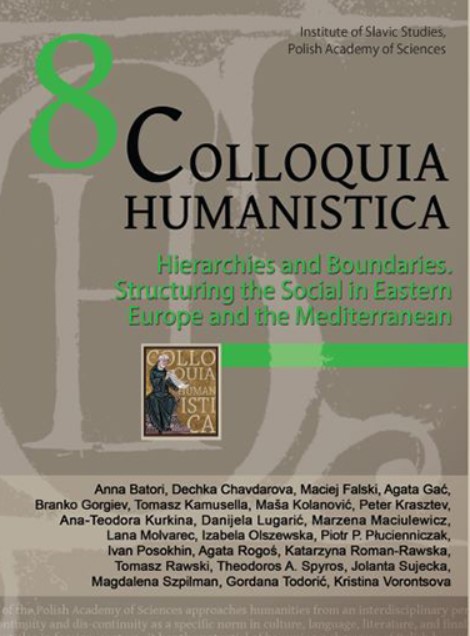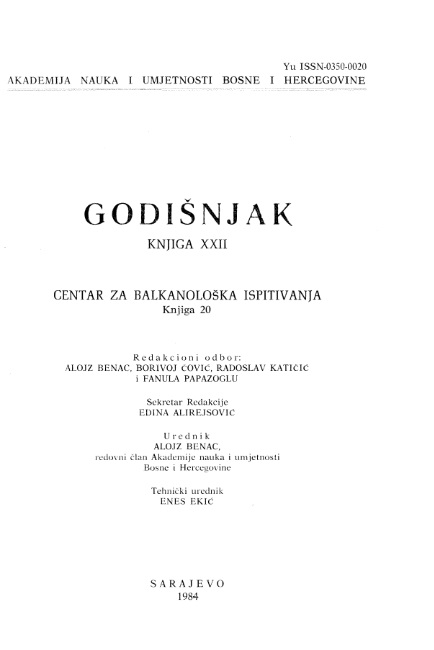
Beitrag zur Anthropologie Spätrömischer bis Spätmittelalterlicher Bevölkerungen Jugoslawiens
U priloženom radu je učinjen pokušaj, prvo, da se na jednom mestu sakupi i interpretira sav antropološki materijal istorijskih perioda Jugoslavije prikupljen i publikovan zaključno sa 1982. godinom i, drugo, da se uz pomoć multivarijabilnih biostatističkih metoda dobije slika o antropološkoj strukturi i etnogenezi stanovništva od rimskog perioda do kasnog srednjeg veka. Tematski, ovaj rad je zapravo nastavak studije o stanju i problemima fizičke antropologije praistorijskih perioda na tlu Jugoslavije. Jedan od glavnih ciljeva ostao je praćenje mikroevolutivnih procesa, pre svega procesa brahikranizacije i dinarizacije stanovništva — paralelnih bioantropoloških procesa najkarakterističnijih za antropogenezu na Balkanskom poluostrvu. Tu, svakako, spada i proces metizacije autohtonog stanovništva sa različitim doseljenicima (npr., romanska retorta, seoba naroda, slovenska ekspanzija). Osnovu za ovu studiju čine 42 raspoložive antropološke serije (pojedinačni nalazi zbog metodoloških pravila nisu uzeti u obzir, a sem toga oni svojim brojem predstavljaju sasvim zanemarljiv deo) sa ukupno oko 5000 individualnih skeleta, od čega je autor obradio 17 serija sa oko 2000 individua (lokaciju videti na karti I). Za razumevanje i diferenciranje elnogenetskih i antropogenelskih procesa neophodno je u najkraćim crtama osvrnuti se na ključne istorijske elemente pomenutog razdoblja (prema Istoriji Jugoslavije, Beograd 1972). Da rezimiramo, jedna od najstarijih etničkih poznatih grupa na teritoriji Jugoslavije bili su Hiti, tj. plemenski savez nastao pretežno u zapadnom delu Balkanskog poluostrva. Vrlo brzo je došlo do neprijateljskih odnosa sa Rimskim Carstvom, pri čemu su Iliri bili poraženi. Osvojene su najpre seveme oblasti istočne jadranske obale, a u nastavku ratovanja — za vreme vladavine Oktavijana Avgusta — ćelo Balkansko poluostrvo je postalo deo Rimske Imperije. Na početku velike suprotnosti između balkanskih starosedelaca i rimskih pridošlica vremenom su se izmenile, tako da je iz antagonizma stvorena jedna vrsta simbioze. Jezik i kultura starosedelaca su, na određen način uključeni u rimsku svakodnevnicu na Balkanu i obrnuto. Stanovnici provincija služili su u rimskoj vojsci, tako da su veliki deo svog života provodili na granicama Carstva, šireći u isto vreme rimski način života i kulturu uopšte. rojevima od 1 do 17), polna pripadnost individualnih skeleta je određivana na osnovu 21 polno-morfološkog elementa na lobanji i postkranijalnom skeletu (1. tuber frontale et parietale, 2. glabela — arcus supercilialis, 3. processus mastoydeus, 4. protuberantia occipitalis externa, 5. squama occipitalis, 6. margo supraorbitalis, 7. arcus zygomaticus, 8. faciès malaris, 9. corpus mandibulae, 10. trigonum mentale, 11. angulus mandibulae, 12. capitulum mandibulae, 13. angulus pubis, 14. pelvis maior, 15. pelvis minor, 16. foramen obturatum, 17. incisura ischiadica maior, 18. sacrum, 19. caput femoris, 20. femur-linea asperae i 21. clavicula). Kod nepotpuno očuvanih skeleta pol je određivan na osnovu očuvanih primarnih elemenata na karlici, lobanji i femuni. Kod određivanja individualne starosti dece (do oko 14 godina života) primenjivana je lista po Kronfeldu (1954). Za period života od 15 do 21, odnosno do 23 godine korišćeni su dijagrami Wolf-Heideggera (1954). Za određivanje smrtnosti odraslih osoba korišćeni su kombinovani klasični metodi (obliteracija šavova Iobanjskog svoda, kompaktnost mase spongioze u glavama femura i humerusa, površinska struktura karličnih simfiziona (naročito važno kod ženskog pola), kao i atricija gornje krunične površine zuba-molara). Iz rimskog perioda potiče svega 6 antropološki obrađenih serija iz Jugoslavije. Brojem su nešto bogatije serije ranog srednjeg veka, koje u osnovi prezentiraju predslovensko stanovništvo. Dendrogram 12 pokazuje koeficijente međusobne sličnosti tog stanovništva na osnovu Penroseove distance. Razgranatost klastera nije signifikantna, nego, naprotiv — relativna homogenost. Svega nekoliko rastojanja parova povezano je na nivou najveće sličnosti, konkretno ispod 2,00: Između serije Ptuj 1946, s jedne strane, Grudine-Čipulić i Nin-Ždrijac, s druge strane, zatim između Radolišta i Svetog Erazma. Skala rastojanja se praktično završava kod koeficijenta 0,720. Jedini izuzetak predstavlja serija iz Daraž- Bošnjaka, koja stoji jako izolovano. Relativno je bogat skeletni materijal iz perioda kasnog srednjeg veka, koji obuhvata pretežno slovenske, ali i druge starosedelačke grupe. Odgovarajući dendrogram (13) ocrtava ispod kritičnog koeficijenta (ispod .200) serije Viminacium- Nad lugom, Sombor i Sentu. Optički posmatrano, u istom dendrogramu jasno se razlikuju dva supklastera. Prvi obuhvata Dobraču (1), Vrbas (2), Brestovik (5), Kalemegđan 1972 (12); drugi Rašku Gora (3), Viminacium-Nad Lugom (6), Sombor (7), Sentu (13), Vinču (4), Pavlovac (8), Kuline (9) i Glavicu (10). Sasvim izolovano mesto zauzima serija Kalemegđan 1968, a koja je pripisana mongoloidima (Mađarima). Kao što je u uvodu već napomenuto, jedan od ciljeva ovoga rada je, svakako, pokušaj tumačenja procesa brahikranizacije. Zbog toga bi se trebalo ukratko osvrnuti i na antropološke nalaze praistorijskih perioda. Još početkom ovog stoleća utvrđeno je da se između seveme i južne Evrope prostire jedan pojas »kratkoglavog stanovništva«. Prema kartama rasprostranjenosti karakterističnih kombinacija osobina (Ripley, Biasutti, Struck) , ovaj pojas recentnog stanovništva zahvata jugoistočnu Francusku, južnu Nemačku, oblast Alpa kao i oblast dinarskih planina u Jugoslaviji. Taj pojas kratkoglavog stanovništva (alpskog i dinarskog tipa) prvi put je u prošlosti pouzdano identifikovan na nalazima iz"perioda gvozdenog doba što je autor i utvrdio u ovoj studiji. Sasvim je pouzdano da je jedan centar brahikranizacije postojao i na Balkanskom poluostrvu. Ali, pojedinačno nađene brahikrane lobanje, npr. sa teritorije Jugoslavije, vezuju se i za ranije praistorijske epohe, konkretno za protoneolitske i neolitske serije u Đerdapu. Zatim se nešto kasnije pojavljuju u starčevačkim slojevima u Vinči kod Beograda i u slojevima II—IV u Smilčiću na jadranskoj obali. U mlađem neplitu i eneolitu Jugoslavije brahikrane lobanje, s obzirom na sadašnji stupanj istraženosti, nisu utvrđene. Uopšte uzevši, ovi periodi su vrlo slabo zastupljeni antropološkim nalazima. Sasvim jasno, u bronzanom dobu na Balkanskom poluostrvu dolazi do izražaja proces brahikranizacije i uporedo dinarizacije. Počeci ovog procesa verovatno sežu u dublju prošlost, koja se, međutim, na sadašnjem stupnju istraženosti ne može sasvim pouzdano odrediti. S druge strane, i etničke pođele na Balkanu poprimaju pouzdane kriterij ume u bronzanom dobu. Sasvim globalno interpretirano, zapadni delovi su nastanjeni ilirskim, a istočni tračkim etno-kulturnim grupacijama. Razlike na dijagramu ispoljene između severnih i južnih jugoslovenskih oblasti u sklopu brahikranizacionog procesa mogle bi da ocrtavaju i etno-istorijske razlike. Naime, severne jugoslovenske oblasti (iznad Save i Dunava) manje su brahikrane od južnih, što može da bude posledica činjenice da je germansko, avarsku i kasnije slovensko naseljavanje u ravničarskim oblastima bilo intenzivnije. Nasuprot ovakvoj situaciji, u južnim planinskim oblastima udeo autohtonog stanovništva (dinarskog antropološkog tipa) u daljem antropo- i etnogenetskorn razvoju u pravcu recentnog stanovništva daleko je viši nego u prethodnom slučaju.
More...
